North of Sonoma and Napa Valley lies a little known slice of California wine country, where the small towns of Cloverdale and Geyserville are squeezed between the Alexander and Dry Creek Valleys. The area has a different feeling to it—it’s rural, almost backwards in some ways compared to the more popular wine regions near here. Long stretches of low mountains just seem to go on and on, hugging the flat valley land, and tiny farm roads take you into the hills, past farms and vineyards and quirky old houses.
At first, this part of California may not seem to have much besides old oak trees, endless vineyards, and the serene beauty of the Russian River, but it is actually a rich area, with all kinds of wineries, friendly people, and a strong sense of place.
Before arriving in Cloverdale, I asked the Visitors Bureau for a suggestion for a sustainable winery (sustainable viticulture is a topic I’ve been interested in lately). They recommended only one: J Rickards Winery. I went there imagining a family-run winery that does sustainable viticulture and left thinking of it as a unique sustainable winery with a strong past and one heck of a storyteller as its owner.
Jim Rickards likes to tell stories about his past. He was raised in San Francisco, but no sign of city boy is left. After getting out of the military, he wanted to get back to the land and started raising cattle on these hills in 1976. There was nothing here except an old vineyard, one of many that had been here for about 100 years.
He hired 8 hippies to build his house in what was then considered a new “eco” style. For a year, he and his family slept in a tent where the tasting room now is, and Jim worked as a nurse, as he still does in the ICU at a nearby hospital. Soon after, there was a bad drought that made it difficult to sustain cattle, leading him to study viticulture at the community college and grow grapes.
The winery now claims to grow some of the best grapes in all of Sonoma County and sells its grapes to major local winemakers. Besides the characteristics of this terroir, Jim’s hands-on approach in the vineyards and doing grafts himself to produce the best vines possible means his grapes are high-quality and unique.
On the property, there are 45 acres of grapes and 15 eco-corridors, or areas that are reserved for nature. The first vineyard, Brignole, was planted by the Brignole family in 1908. When Jim took over, he quickly realized he needed to change the way things were done because soil erosion in the old vineyard was polluting the nearby Russian River. The results are that he started practicing sustainable viticulture before it was even a term.
At that time, there were no guidelines for sustainable viticulture available, so he did some research about plants and decided to plant wild grass with legumes, clover, and wild radish in the rows of the vineyards. One benefit of using native grasses is that the vineyards don’t need to be plowed, resulting in what came to be known as “no till viticulture.” He made ponds that collect rain water, which is used to water the vineyards. The winery also uses solar power, as you can easily see with solar panels on the roof of his house and behind the tasting room.
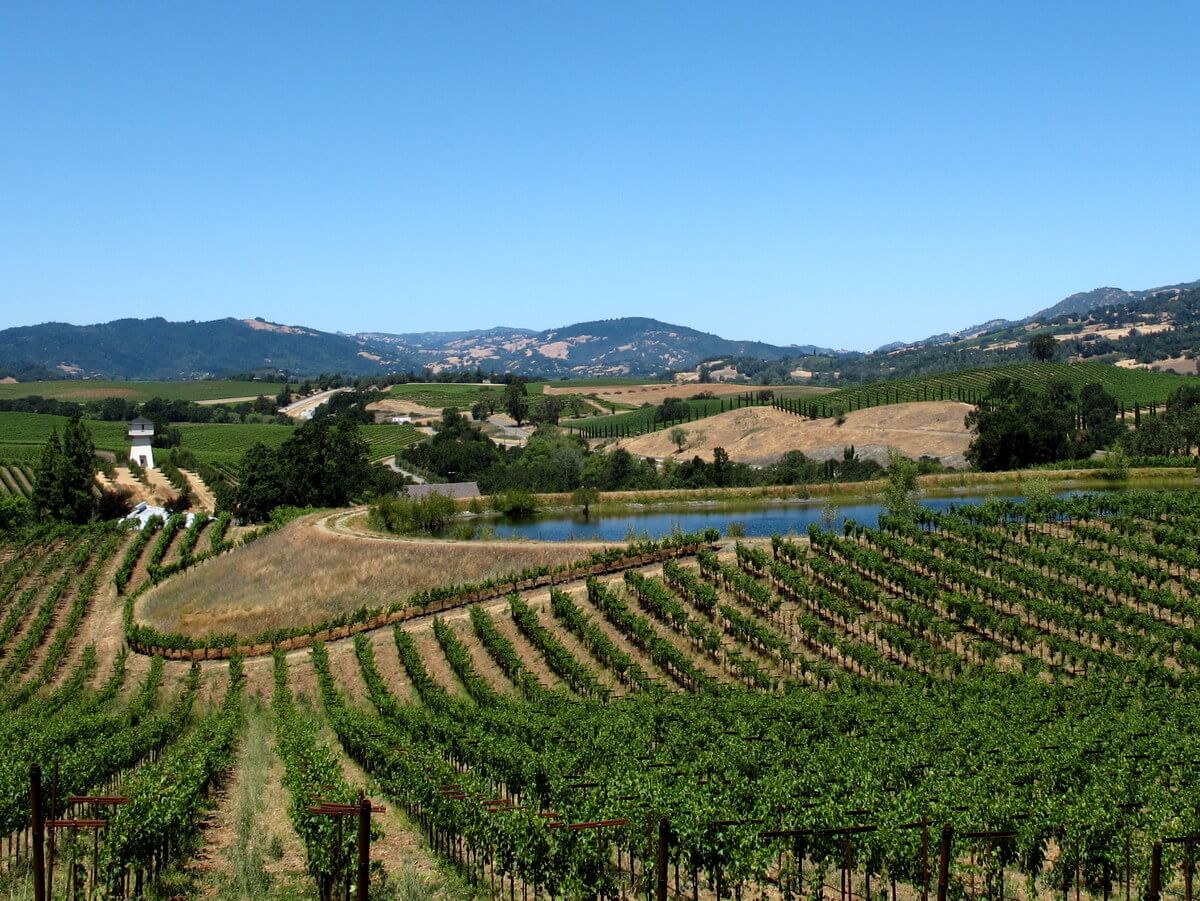
As Jim will explain to visitors, some features of sustainable viticulture are that it reduces environmental impact, reduces inputs (e.g. fertilizer, insecticides) so there’s little run off, reduces time spent in the fields, and reduces cost, all of which help the farm to be profitable. For example, by planting native grasses in the vineyards, time in the vineyard is reduced because the grasses help keep the nutrients in the ground, keep water, and prevent erosion. Sustainable farming affects everything, every aspect of farming and production.
Now J Rickards Winery uses technology to help with sustainability. Jim takes samples of grape leaves to a lab to find out exactly what they need so he can accurately fertilize them without wasting unnecessary fertilizer. He gets updates on his computer of water usage around the vineyards, ensuring that water is never wasted.
Jim Rickards hasn’t been making wine for very long, actually. Like many California vineyard owners, he grows grapes that are sold to wine makers, but in 2005, he also started making wine with a well-respected local wine maker. Now he shares his love of wine with visitors. All visitors get a tour of either the wine making facilities or the vineyards because he wants people to understand the history of these wines and where they come from.
The tasting room manager helps visitors understand what they’re tasting with tips, information, and food pairings. When we were there, the tasting room was full. Jim told stories of the horses that used to work the old Brignole vineyard and showed off his collection of horseshoes found in the vineyard. He offered an excellent local Portuguese cheese called St. Jorge to go with two of the wines (cheese + wine pairings are highly recommended!) and a dark chocolate to pair with the Cabernet.
Jim had us consider the importance of aromatics by pouring the same wine into two glasses, swirling one but not the other, and having us smell and taste them to see the difference. It’s these educational tips and personal touches that makes visiting J Rickards a delight. And how much is the tour and tasting? Free!
You get a real understanding of what it means to operate sustainable vineyards and what is behind sustainable viticulture. Instead of reading on a pamphlet or being told that the winery uses sustainable practices, maybe with a couple of mentions of “no till viticulture” or “rain run off,” being at J Rickards means that you actually understand what all that means and how it works. However, it’s not a quick experience, so don’t come if you’re in a hurry. You’ll need over an hour for the tour and tasting, complete with Jim’s stories. The winery is open Monday through Saturday, from 11 AM to 4 PM.
As you leave, ask how to get to the top of the property. You can park your car, take in the views of the surrounding hills, then walk up through one of the property’s eco-corridors.
I left J Rickards feeling like I had made new friends in the Alexander Valley wine country. I look forward to going back to experience the area during crush in the fall, and this winery will definitely be on my list because of its unpretentious, personalized approach and commitment to sustainability.
And you? Have you visited a sustainable winery before? What are your favorite off-the-beaten-path wine country destinations?

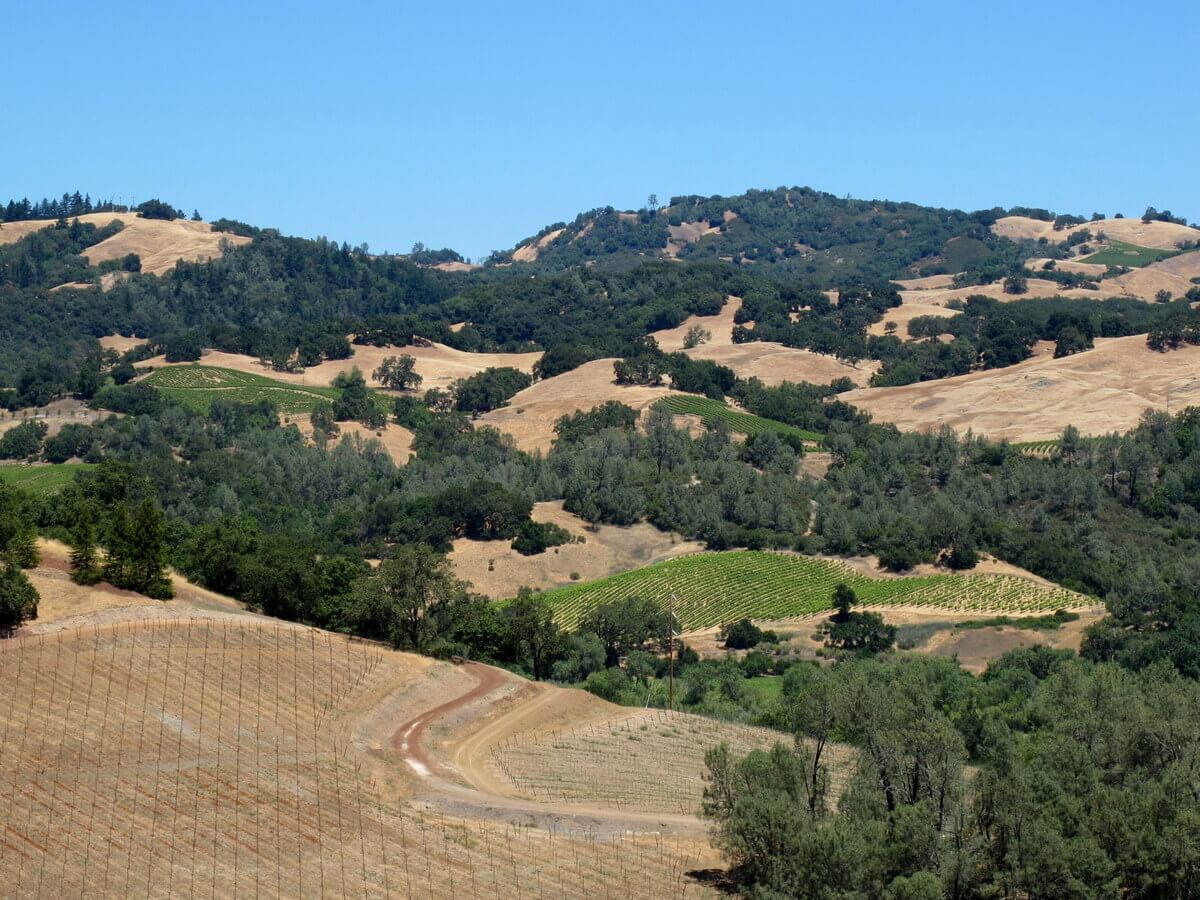

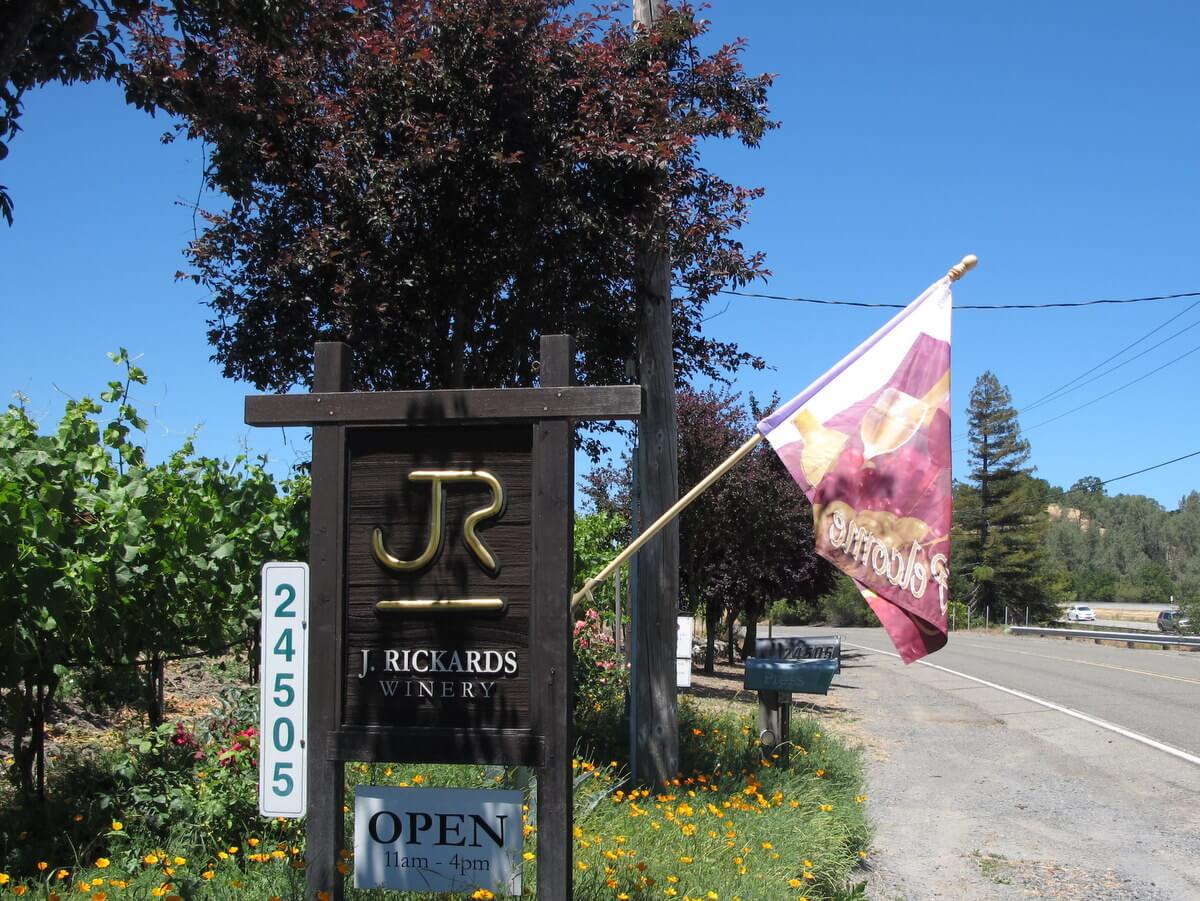
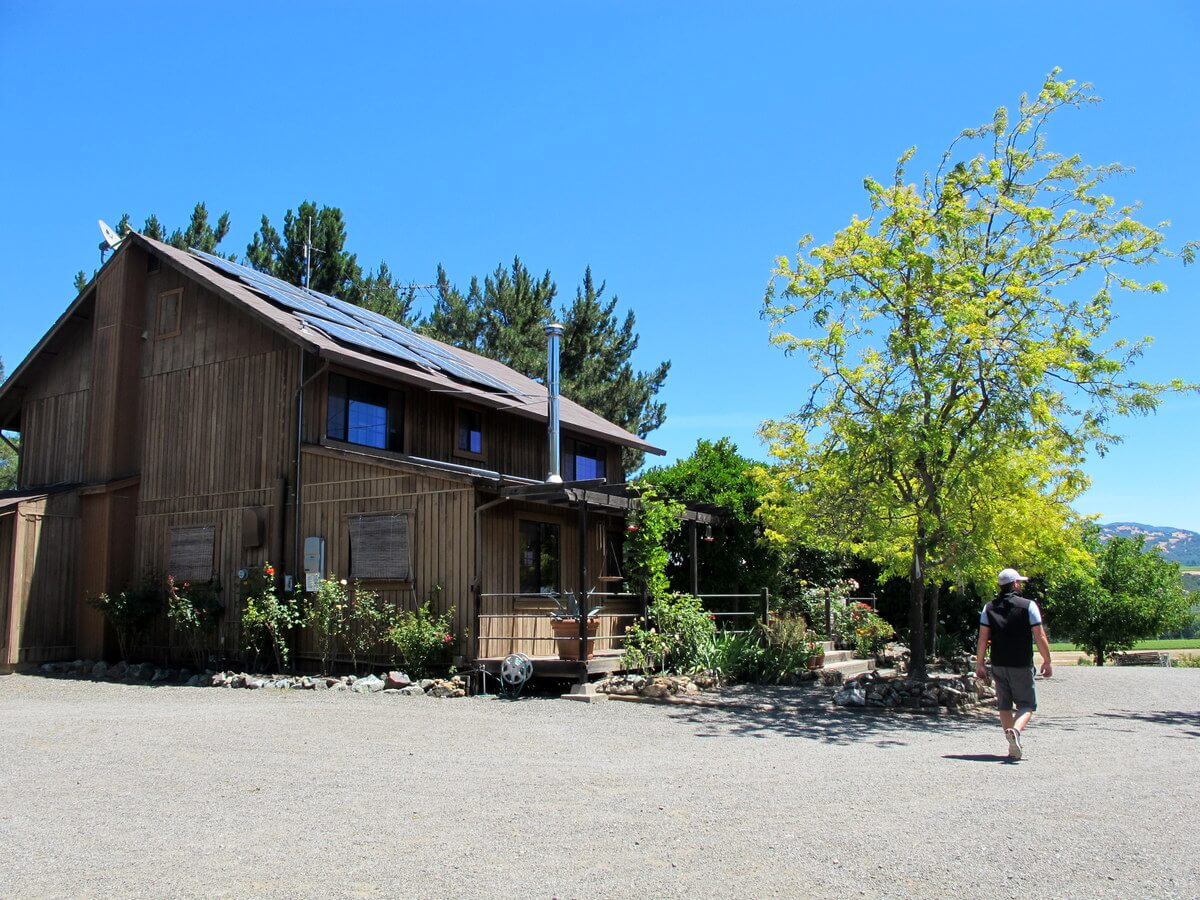
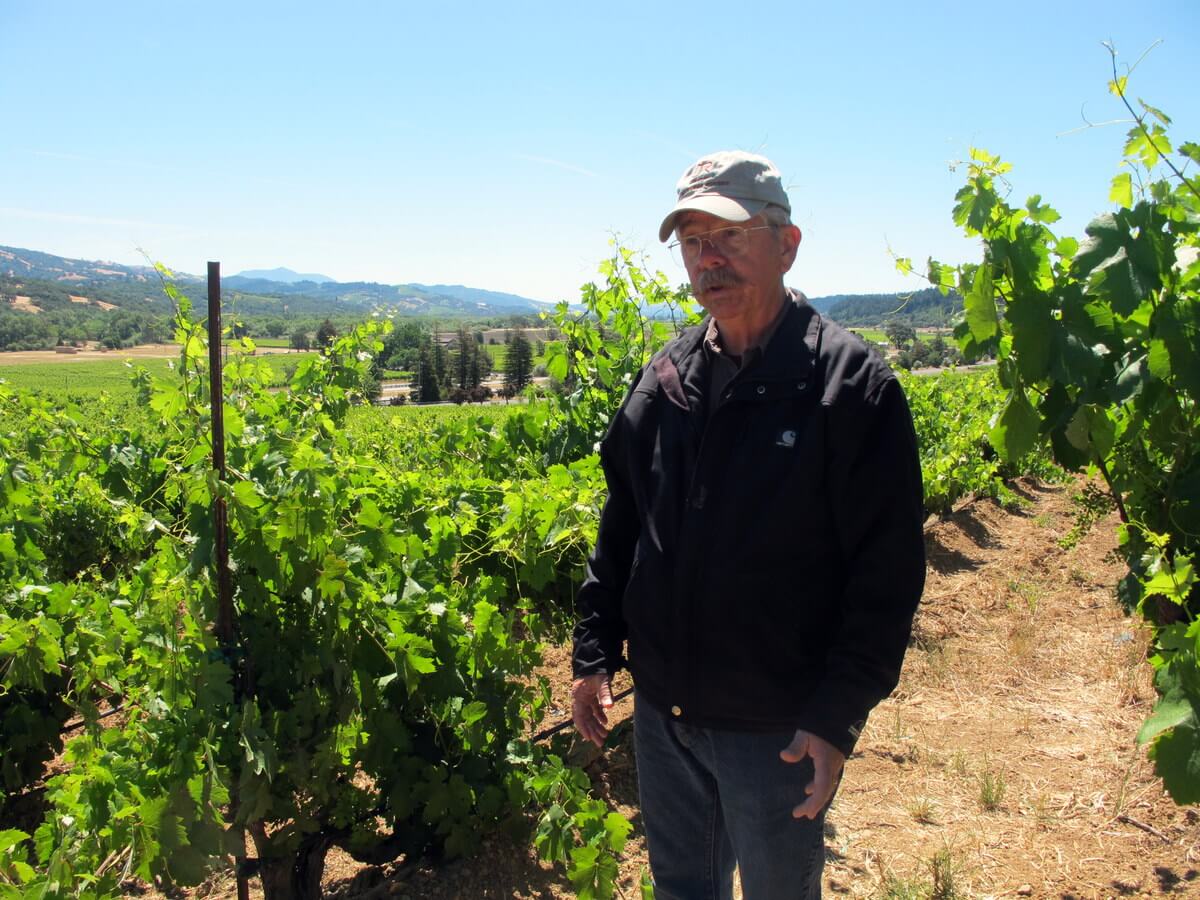
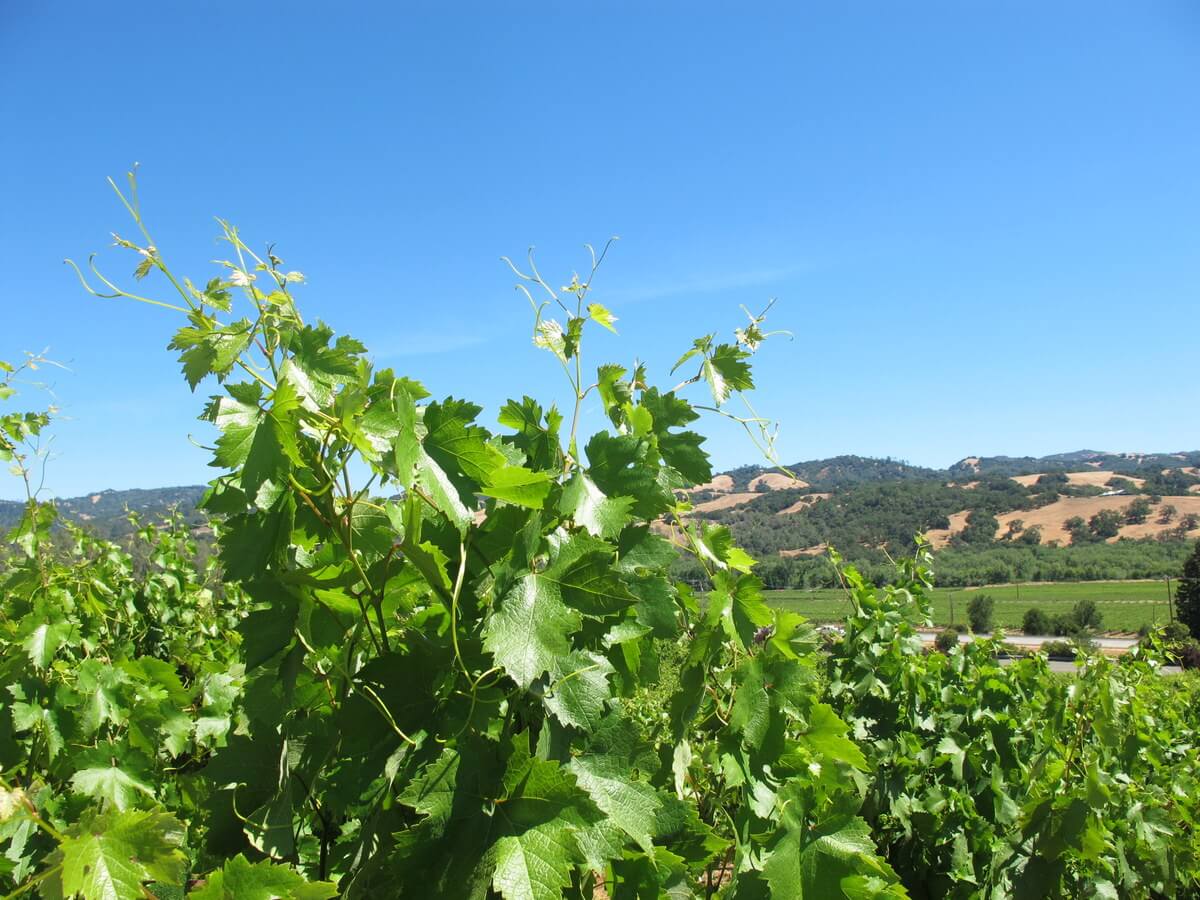
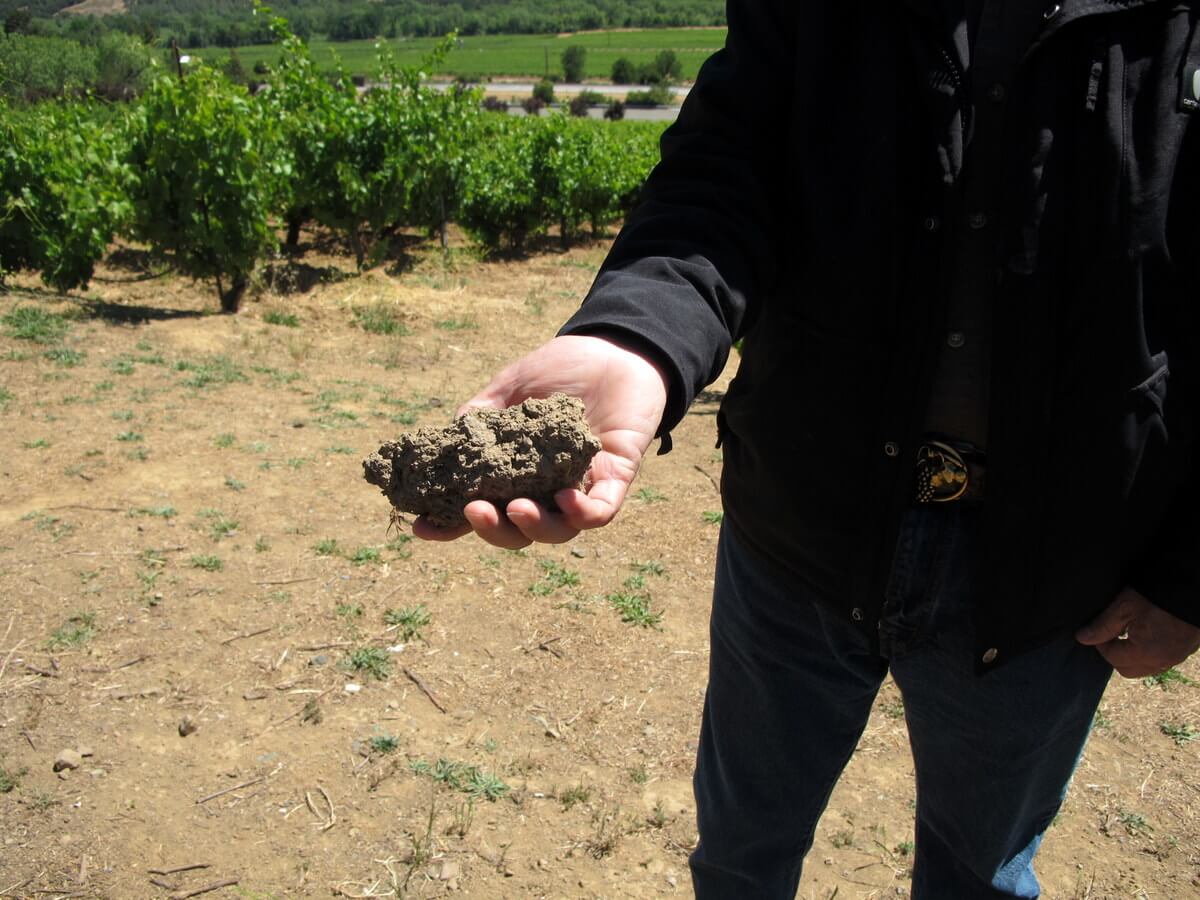
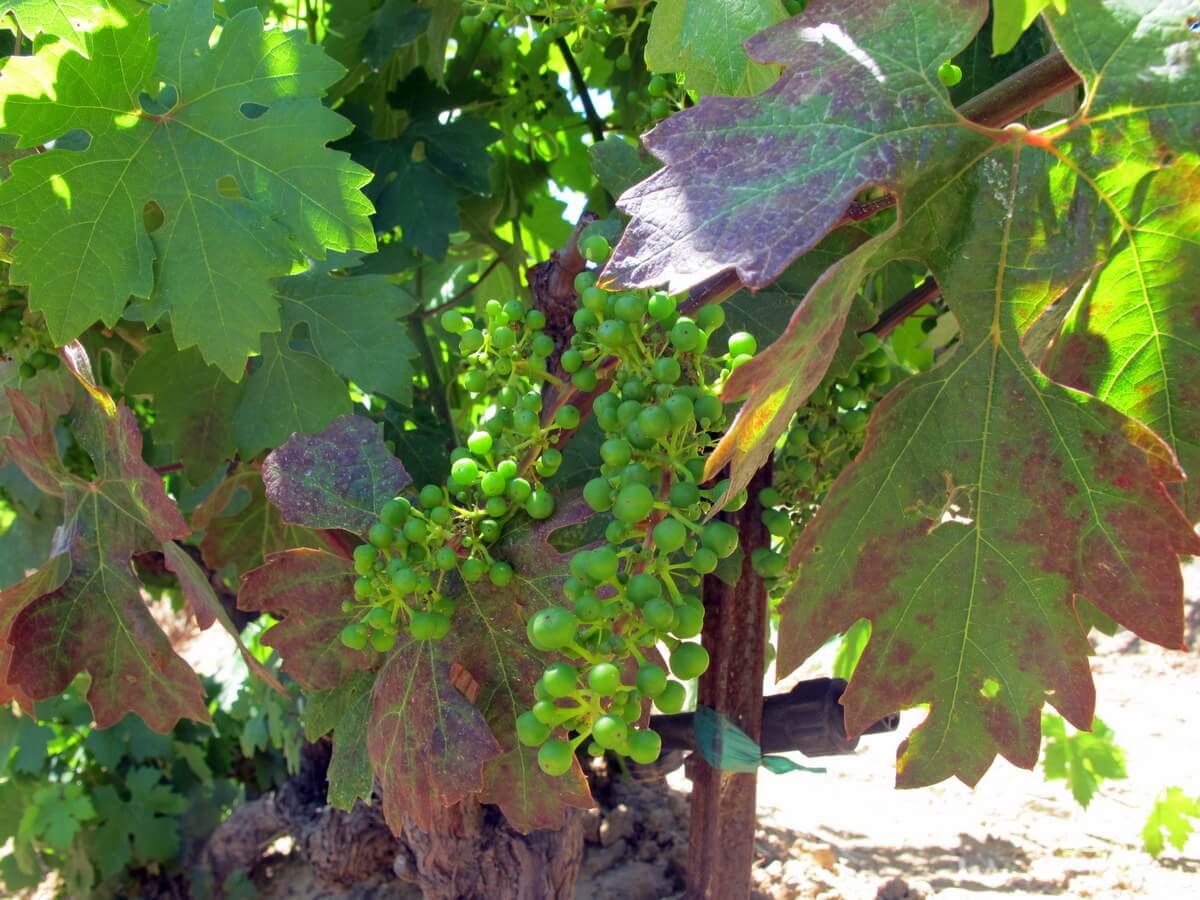
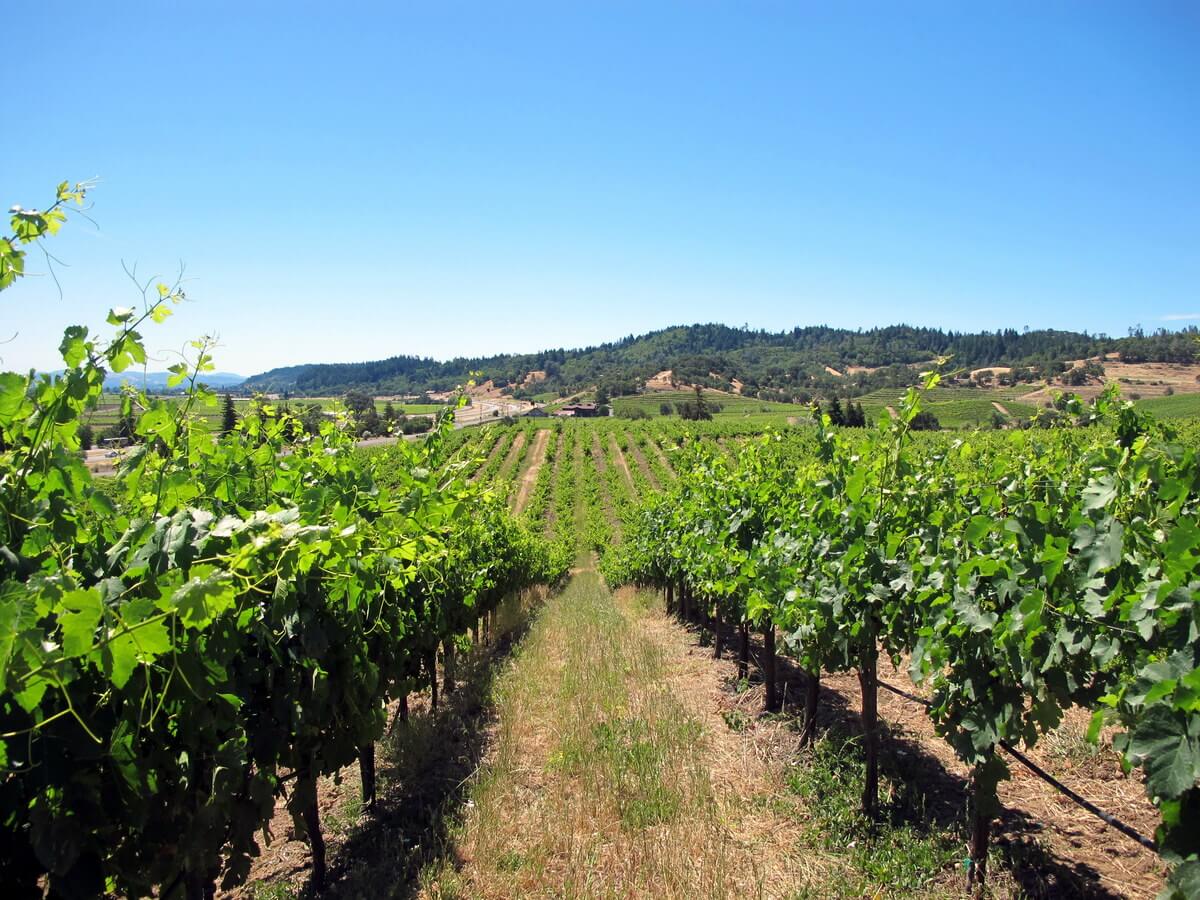
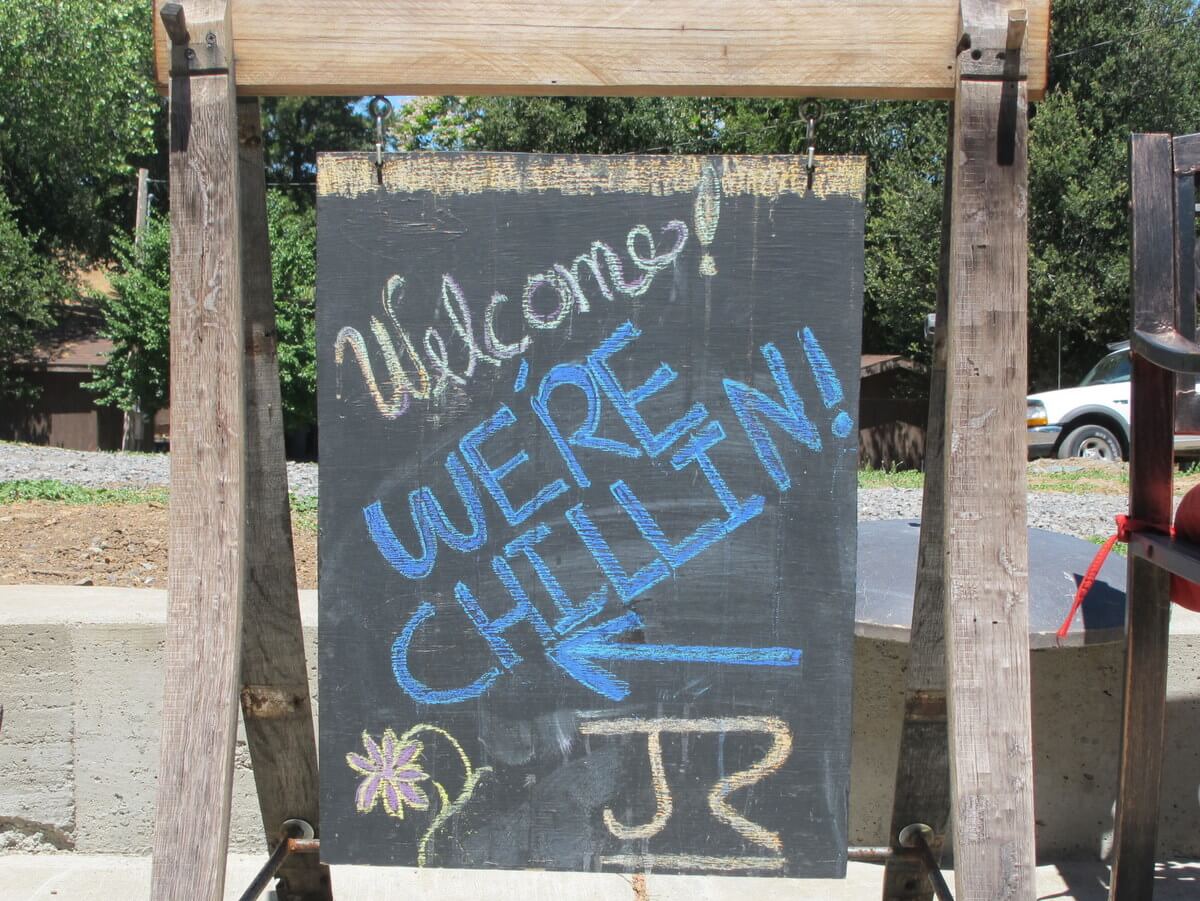
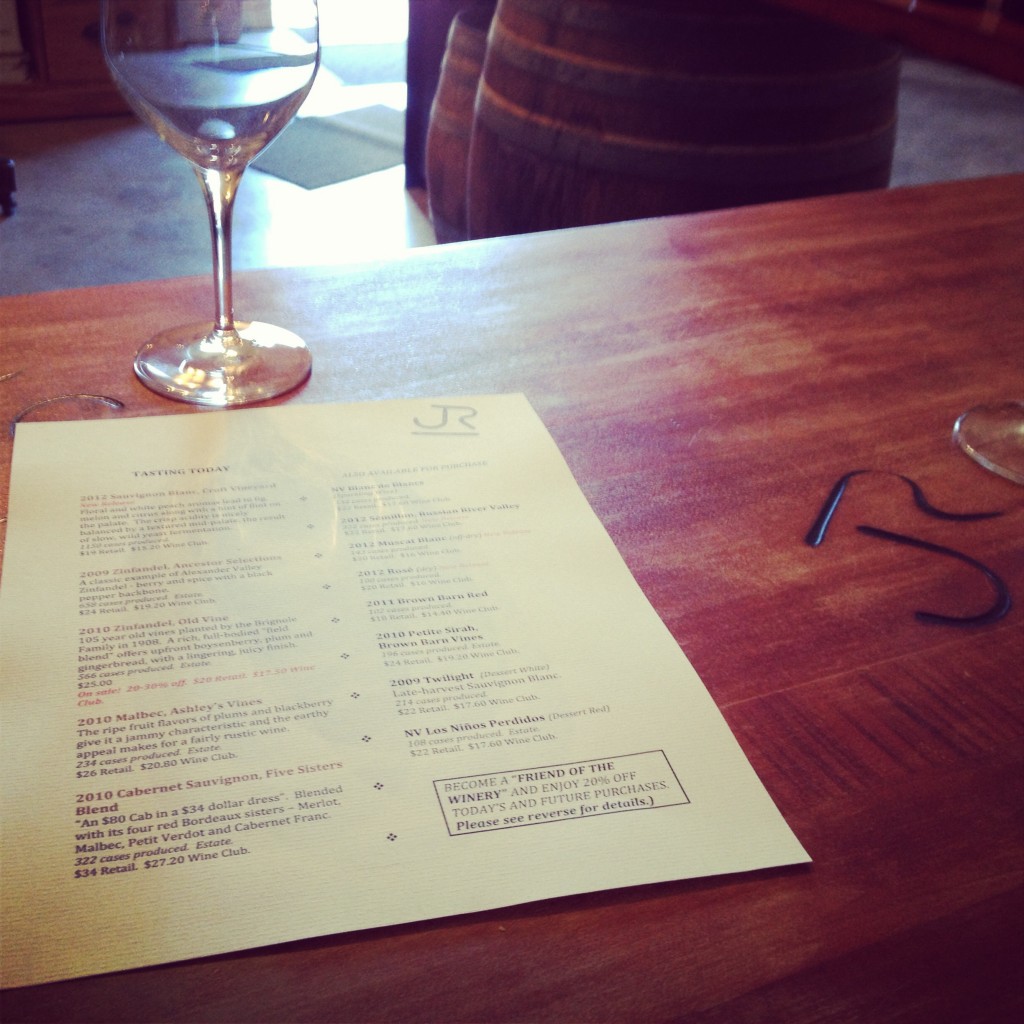
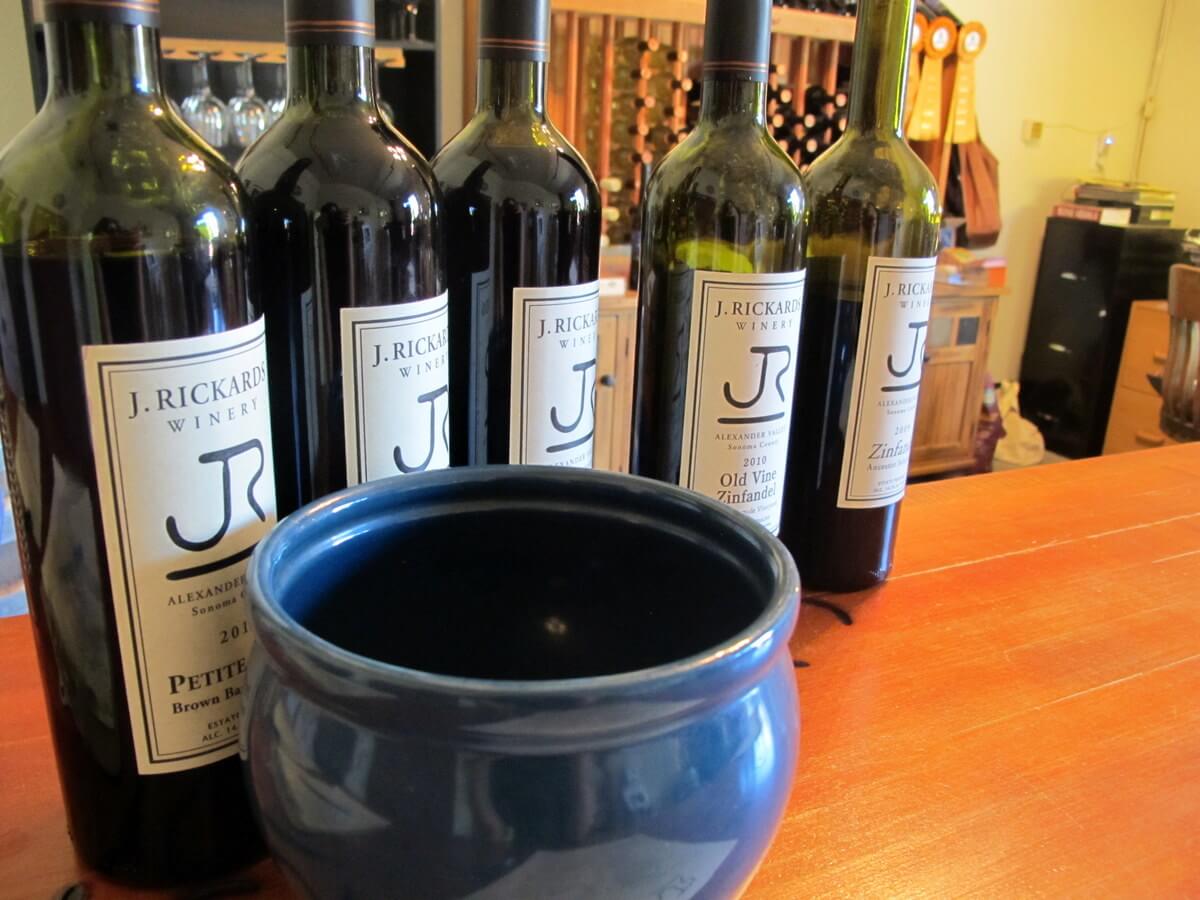
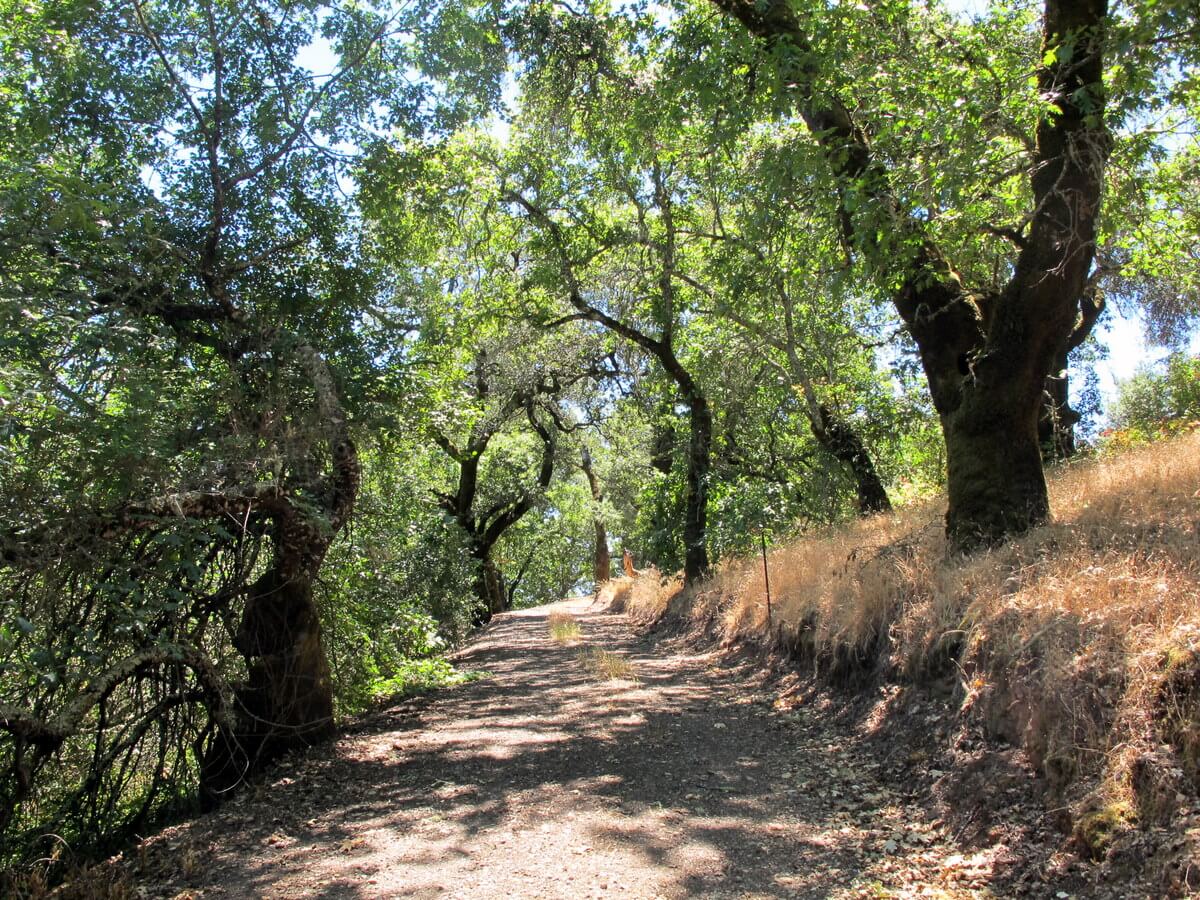
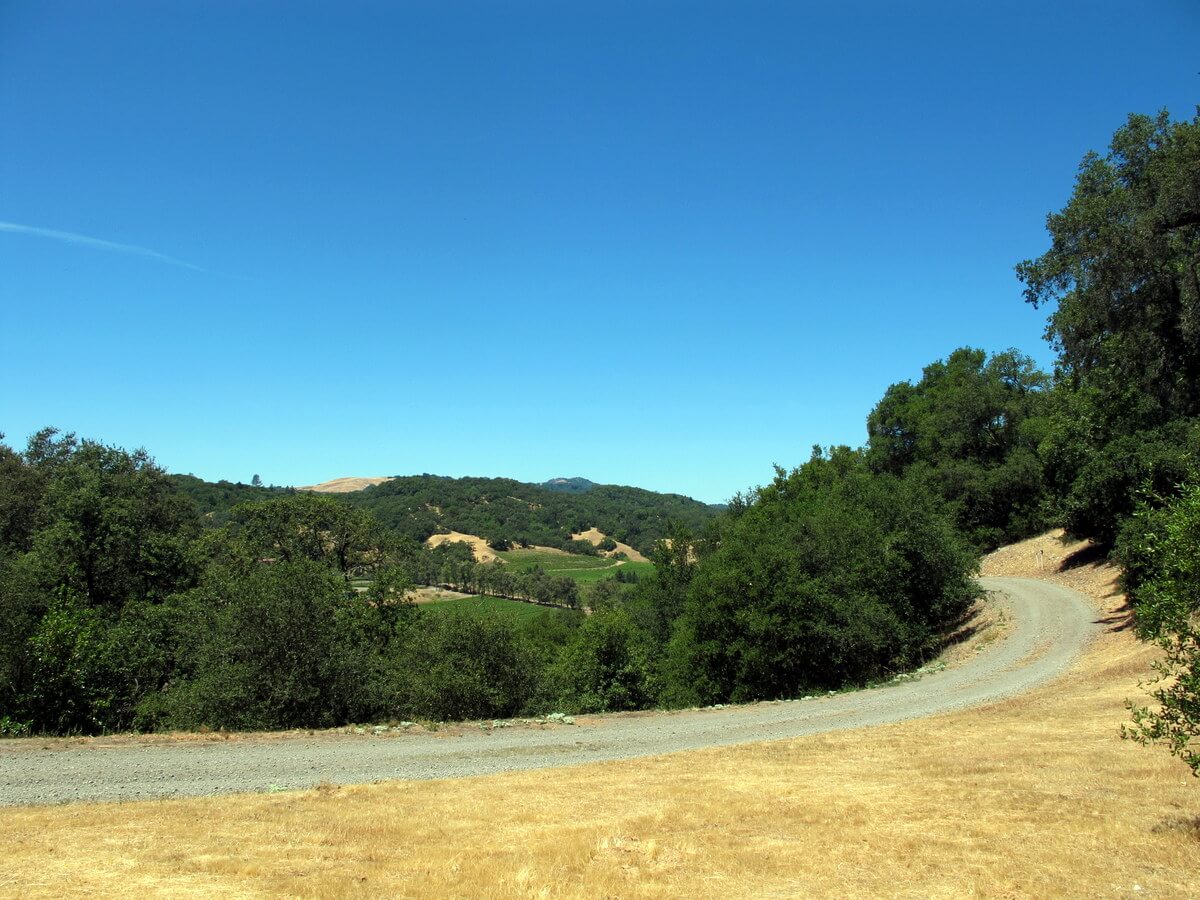
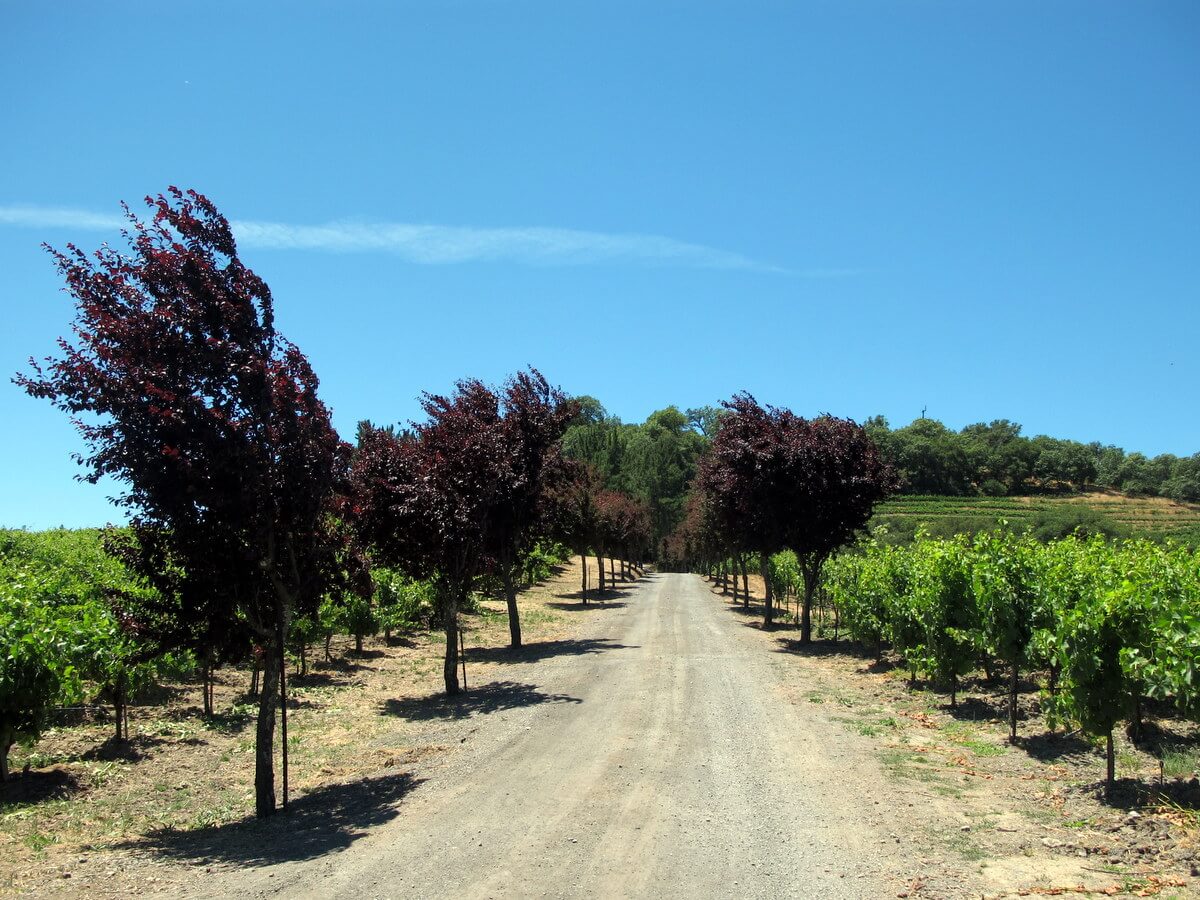
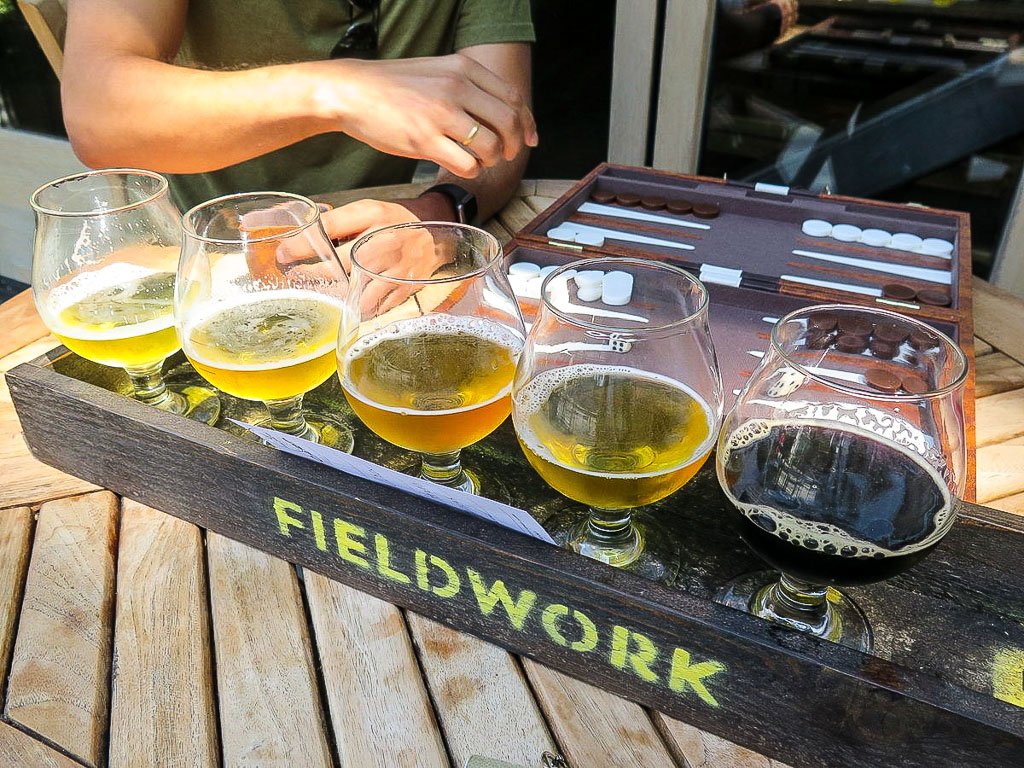
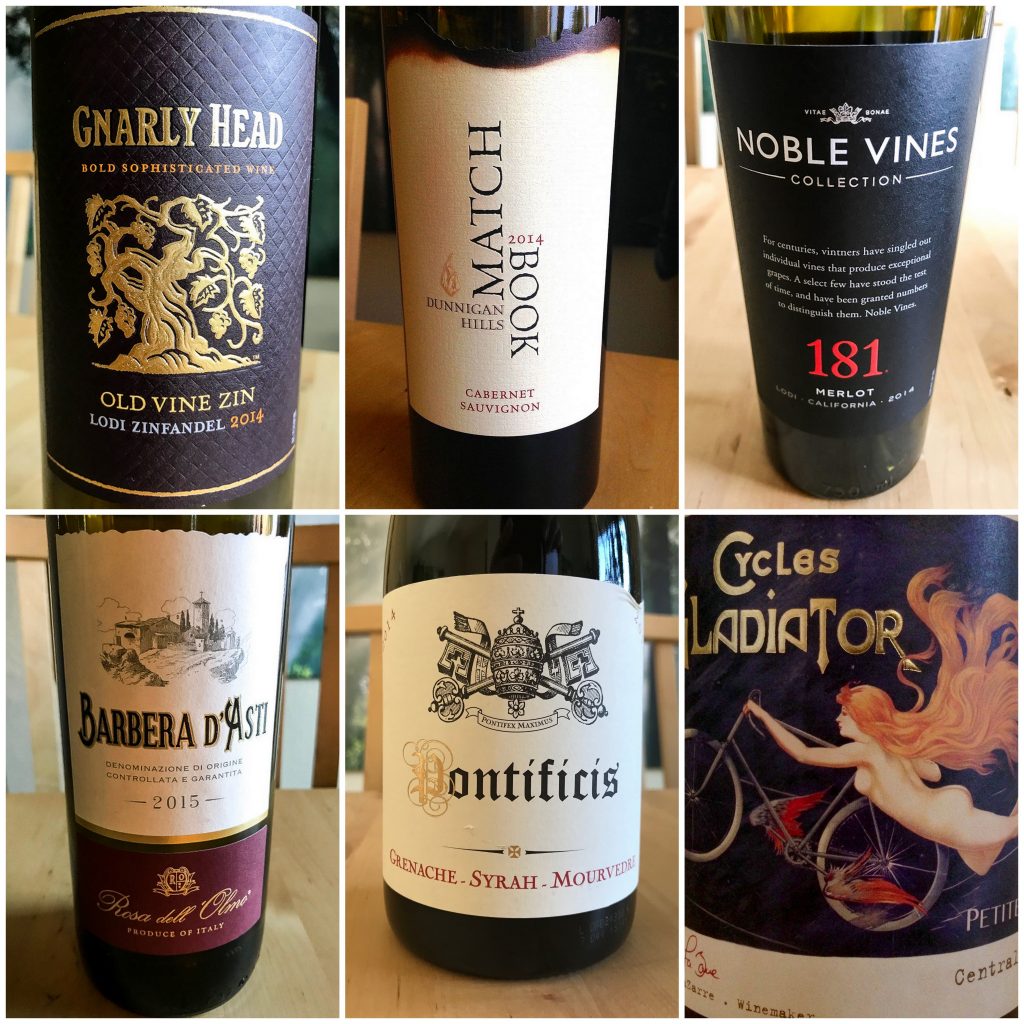
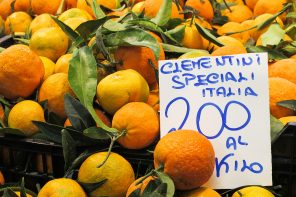
“it was considered a terrible place to grow grapes.” Not really. Grapes have been grown here since 1882 when the Italian Swiss Colony was formed. By the turn of the century, the Asti premises were the largest source of table wine in California, and the huge wine cistern of 500,000 gallons’ capacity, built to hold the bumper vintage of 1897, become one of the tourist wonders of California. The Asti Exit on Route 101 was specifically constructed to handle the huge amount of tourists visiting the winery. One of Jim’s neighbors, the Seghesio family, has been growing grapes in Alexander Valley for over 100 years. It is the location of their “Home Ranch” which produces Zinfandel now selling for about $41/bottle. Another neighbors is Blue Rock Vineyard producing outstanding and very highly regarded Cabernets. The stone house and winery at Blue Rock were built around 1880 when the vineyards were originally planted and housed a winery then known as Villa Maria. Alexander Valley has been considered a superior wine growing region for over a century.
Hi Janet,
Thank you for taking the time to provide more information about the area. I apologize for any possible inaccuracy. The “terrible place to grow grapes” was not my opinion–it was Jim’s statement about his land, but I changed it in the post above because I don’t know the specific context he was referring to. Soon after moving to CA in 2002, I heard often that the Alexander Valley is considered a prime wine producing area.
Jim, considers his property a “terrible place to grow grapes” because of the soil and types in the vineyard. It has nothing to do with the Alexander Valley itself, but is propery specific. We have more than 5 different soil types, top soil depths are very shallow, magnesium levels are toxic and irrigation water is limited to what we catch from rain water run off. Grapevines struggle to establish here, but once they do they produce exceptional fruit due to all of the factors mentioned above. Vine stress actually produces higher quality fruit. The terroir of this property is what makes J. Rickards wine so unique.
Blaine, thanks for clarifying that and for providing so many interesting details about Jim’s land. I assumed he was speaking about something specific about his property but was not sure since I didn’t ask him to clarify when I was there. 🙂
Hi Jenna, wonderful post and great pictures! I know Jim and his family and have visited the vineyard turned winery many times and you not only captured the essence of his practices, but I learned a few things! Well done.
We’re hoping to get back to Sonoma and Napa soon so this is definitely on the list to consider. Looks great.
I never tire of touring wine country with regular cellar door stopoffs or hearing stories like Jim’s who is obviously a true character. A fascinating story, thanks for sharing it.
Thanks, Iain. I never tire of those things you mentioned either.
Yes, we have a lot of sustainable wineries here in Italy and those are often my favorites to visit. Not only do they produce organic wine, but often cheese, milk, and even bio fuel for the towns they are in.
I look forward to visiting some on my next trip to Italy!
Interesting process! The grounds are beautiful!
I am loving how blue and gorgeous the sky looks in these pics. Seems like a super relaxing place to take a trip.
Thanks, Kate. Yes, a very relaxing area indeed. I love it.
What a cool story and neat experience. I love learning about sustainable places like this. I visited one in Mexico and I was so intrigued!
Thanks, Christy. I also enjoy visiting places like this, especially family-run places where the owner will take the time to explain everything.
yummy! love the we’re chillin’ sign!!
Wow — pioneers of any kind amaze me. Jim seems like an amazing guy.
SO beautiful!! I lived only an hour or so from here and your photos made me so very happy. 🙂 Such good memories. I can almost feel that sunshine. 🙂
You must have lived in a beautiful area because anything around Alexander Valley is gorgeous!
It’s kind of neat to see certain areas of America starting to really develop a long-standing culture!
America is so young, still, especially compared to countries in Europe. Places like Sicily, Scotland, Spain, etc. all have cultural heritages. And we do too, in America, but they’re still young, technically. It’s so neat to see the roots of cultural heritage growing deeper and deeper, like the vineyards of California, the fishermen of Maine, and the potato fields of Idaho.
Nice points.